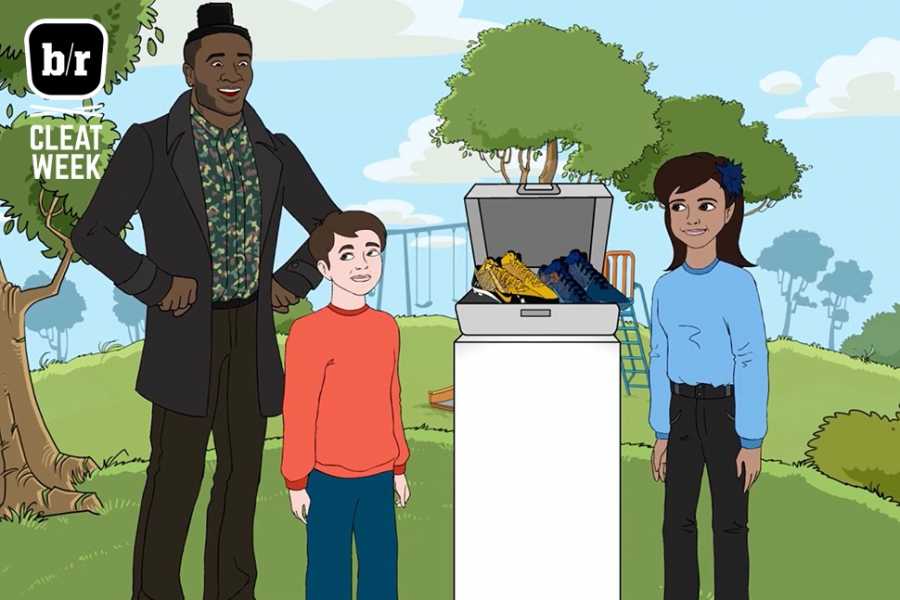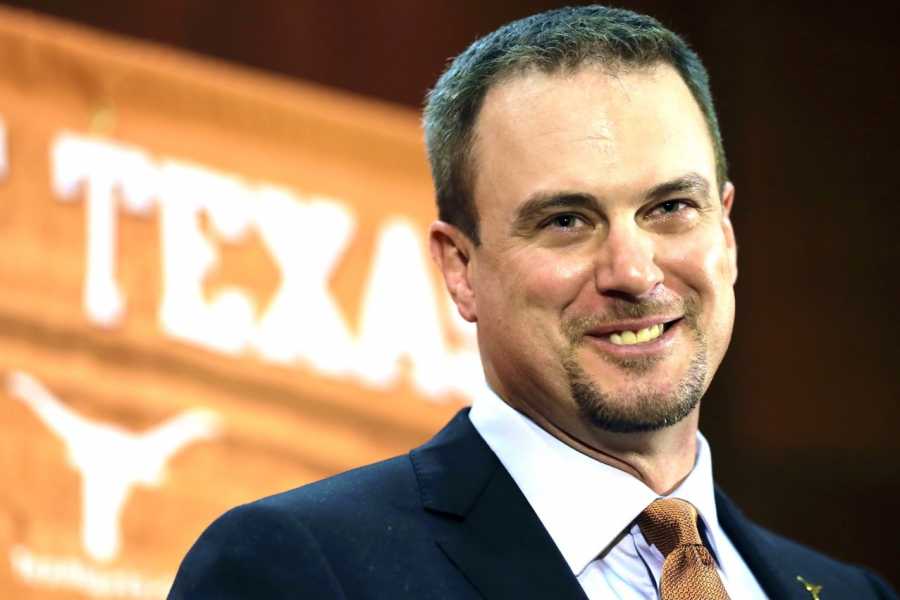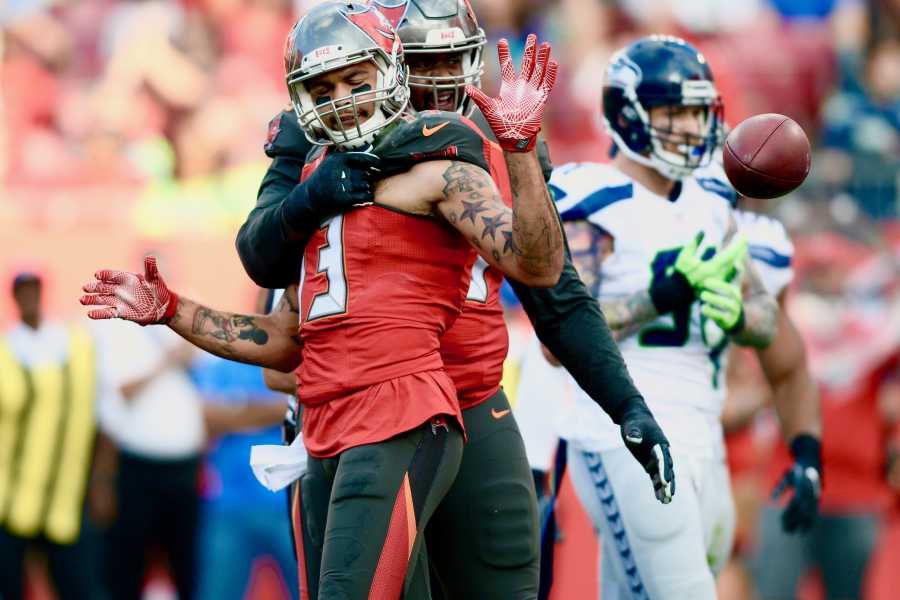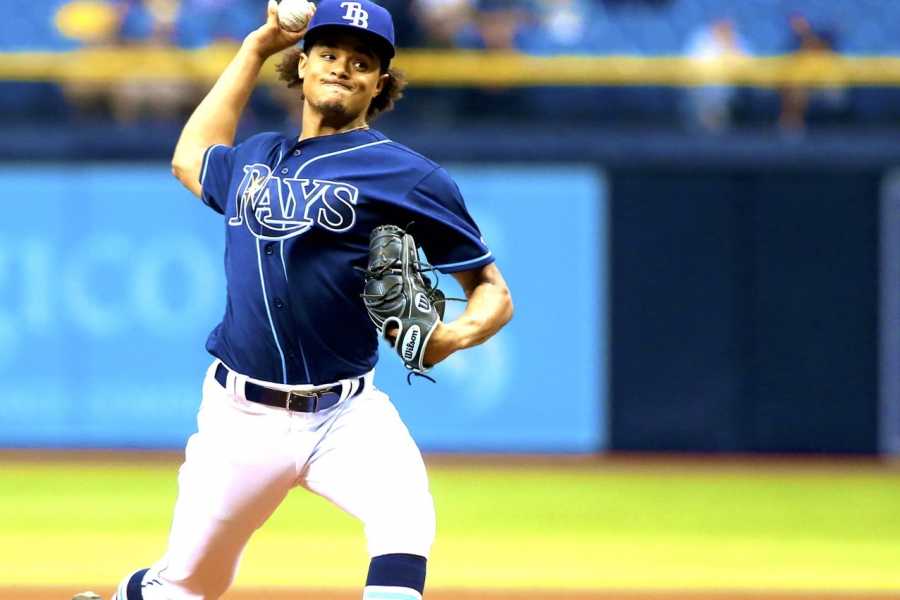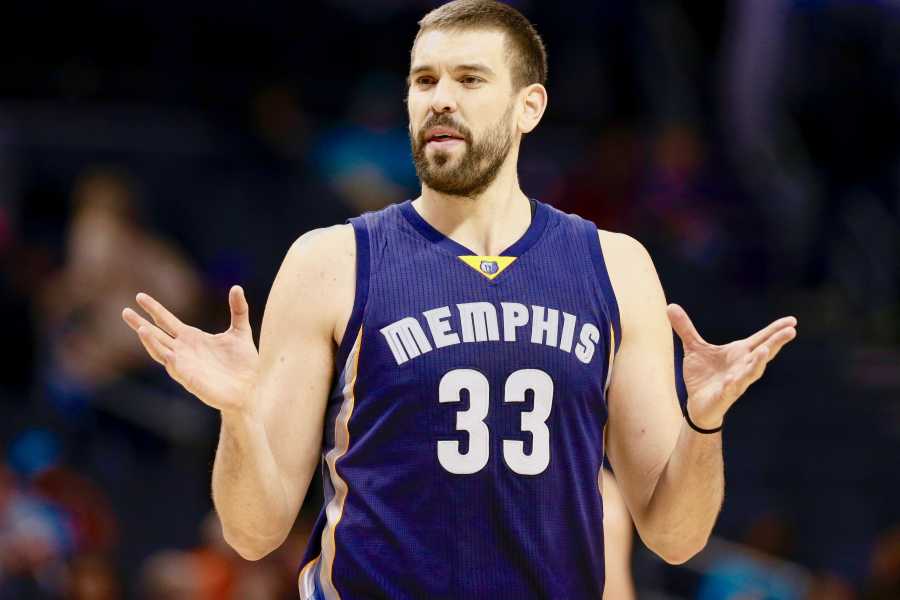"It's more difficult than it looks," Washington says. "We make it look easy, but there are years worth of practice perfecting it. We took something fresh, one of the game's sweetest moves, and put our own Harlem swag on it. You gotta get in the air, float, kick your legs open, flick it with some English, use different angles off the glass, stuff like that. Left hand, right hand, reverses—there are a lot of variations to it."
In junior high school, Washington and his friend Ja'Quaye James, who now stars as a point guard at Teaneck High School in New Jersey, began formulating a bigger vision for themselves. They wanted to form their own group, the basketball version of a hip-hop duo, and struggled to coin a catchy name.
"We were brainstorming to come up with a name, but nothing stuck. But then it hit us. We really were like a family. And we'd been down with the Jelly from day one. Hearing 'Jelly' always made us feel special. So we decided to call ourselves Jelly Fam," Washington says.
Washington and James kept the name to themselves initially, but when they began referring to each other as Jelly Fam on their Instagram posts, the movement began bubbling by word of mouth. The uptown streets wanted to know what Jelly Fam was, what it was all about.
With Washington's profile growing in New York City's grassroots hoops culture thanks to a panache and advanced skill set that elicited roars on the playgrounds, the curiosity factor skyrocketed. The phrase Jelly Fam soon began rippling through status updates with lightning speed on social media.
"The Jelly Fam phenomenon blew up because of social media. That's how we expanded. And to be honest, it was helping us get girls, too."
They decided to open the books and add others to the group.
"I'm close friends with Isaiah, and he and some of the other guys in the crew used to come to my games," says Milicia Reid, a 5'9" senior point guard from the Bronx who has committed to play for Ole Miss next year. "They kept saying that I was the best female player in New York City and included me in a group chat one day during my sophomore year, telling me I had to get with the program. A lot of people call me Jelly Fam Mimi, but I'm also known as the First Lady of Jelly Fam."
This is not your average crew of teenage friends. Think more along the lines of a group of gifted teenage superheroes conquering every basketball court and gym in the city, one at a time.
The Jelly Fam roster is stacked with elite-level talent, including the likes of Sidney Wilson, a 6'6" junior small forward from the Bronx who attends Brewster Academy in New Hampshire. Wilson holds scholarship offers from UConn, Louisville, Texas and St. John's, among others.
Being down, though, required a specific initiation rite.
"You have to do three Jellys on someone in a game," Washington says. "The Jelly Fam phenomenon blew up because of social media. That's how we expanded. And to be honest, it was helping us get girls, too."
A mischievous smirk invades his face when he utters that last statement, but it's more innocent than arrogant. Washington might be a wunderkind, but his humility—especially for someone so young who carries the burden of being the face of New York City basketball—is refreshing.
When he's able to carve out some free time, Washington can often be found at Milbank with Byers, mentoring the neighborhood kids who now look up to him in the same way he once looked up to city players like Kemba Walker.

Isaiah Washington warms up before the Under Armour Elite 24 game on August 20, 2016, in Brooklyn, New York. (AP Images)
By the time Washington got to high school, his coaches noticed something they couldn't quite put their fingers on.
"He brought this dynamic energy, along with the Jelly, to the gym with him," says St. Raymond assistant coach Joe Amelio. "This youth movement, the Jelly Fam, has really taken over New York City. People flock in droves to come see him. I got frustrated when I initially saw him Jelly, because I kept thinking he was going to miss. But he always makes the layup. All you heard in the stands was kids yelling out 'Jelly!' And everybody was trying to do the move, not just younger kids, but the juniors and seniors were trying to do it when Isaiah was just a freshman."
But it wasn't until Amelio saw Washington in summer playground tournaments that he grasped just how kinetic his impact was on the city's larger basketball culture.
"He brings out the entire neighborhood; everyone is out there screaming 'Jelly!' every time he makes a move," Amelio says. "We have to tell our kids to get to games an hour-and-a-half before we're scheduled to play because it will take him at least 30 minutes just to walk through the crowd. Everybody wants to touch him and have their picture taken with him. We have to walk him through with security sometimes because it just became too much. I've never seen anything like it."
Proof of Jelly's growth is everywhere. Check the #JellyFam hashtag on Twitter, and you'll find clips of the group with the sweet move. There's branded merchandise for sale, too: hoodies, T-shirts and cellphone covers.
"It started out as a small, simple family thing for our basketball crew, and now it's really big," Reid says. "I cherish the fact that my Jelly Fam respects me for being a [girl who] has game. And this whole experience means a lot because of how well respected we are and how we carry ourselves. There's a certain humility that we all walk around with. And it's great that girls are included in this movement. We've had this incredible effect on little kids who want to follow us. Little girls tell me all the time, 'You're my role model.'"
"It will take [Isaiah] at least 30 minutes just to walk through the crowd. Everybody wants to touch him and have their picture taken with him."
Reid understands the responsibility that comes with being a Jelly Fam member.
"Adults are telling us how proud they are of how we represent the community in positive ways. We realize how we have to carry ourselves because people are being affected by us," Reid continues. "We see what kind of impact we're having. When I hear people scream out 'Jelly!' when I make a nice move, that gets me pumped. But this thing has become so huge in terms of having such a meaningful impact, both on and off the court. It's amazing."
But many old-school adherents initially scoffed at so many kids embracing the Jelly.
"About three years ago, I was working kids out and noticed that they were mimicking Isaiah's moves and talking about this Jelly," says Steve Alvarado, a director for the New York Rens AAU program.
Coaches were annoyed, upset that the kids were gravitating toward bad habits that perhaps weren't fundamentally sound.
"But the more I looked at it in more detail, I saw all of the positive things involved," Alvarado says. "He's had a very positive impact on New York City basketball culture. It's unreal what he's been able to do with that signature move. Anything that can draw the kids out to the parks, wanting to be active and playing instead of being stuck indoors playing video games or hanging out on the corners, I'm all for it."

Isaiah Washington (No. 11) weaves through St. John's College HS defenders during the Big Apple Basketball invitational on January 17, 2015, in Manhattan, New York. (AP Images)
Washington is the embodiment of what the city game is all about right now. The last time people can recall something of a similar magnitude was when another point guard of similar skills and stature had the streets lit—Walker, Washington's point guard idol.
"This thing that this neighborhood crew started for themselves has materialized into something that you can't even quantify," says David Cordova, a college student, hoops junkie and the founder of the basketball website Dave's Joint. "People can't stop talking about the Jelly."
A plethora of Fams going by other catchy names have begun popping up all over the city. There's, among others, the Floater Fam from Harlem, the Iso Fam that grew out of the Bronx-based New York Gauchos AAU program, the Get Buckets Regardless Fam that originated within the PSA Cardinals AAU outfit and the Scatty Fam, which is based out of the Bronx.
And Washington loves it.
"It makes me feel good that I was the trendsetter, that I can inspire other people," Washington says.
Inspiring a few people is one thing. But an entire city's hoops culture? That's what happens when you have a sweet touch.


